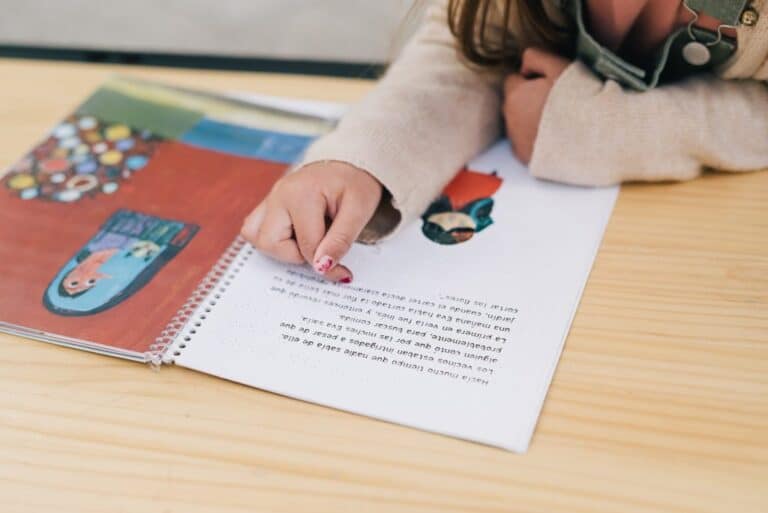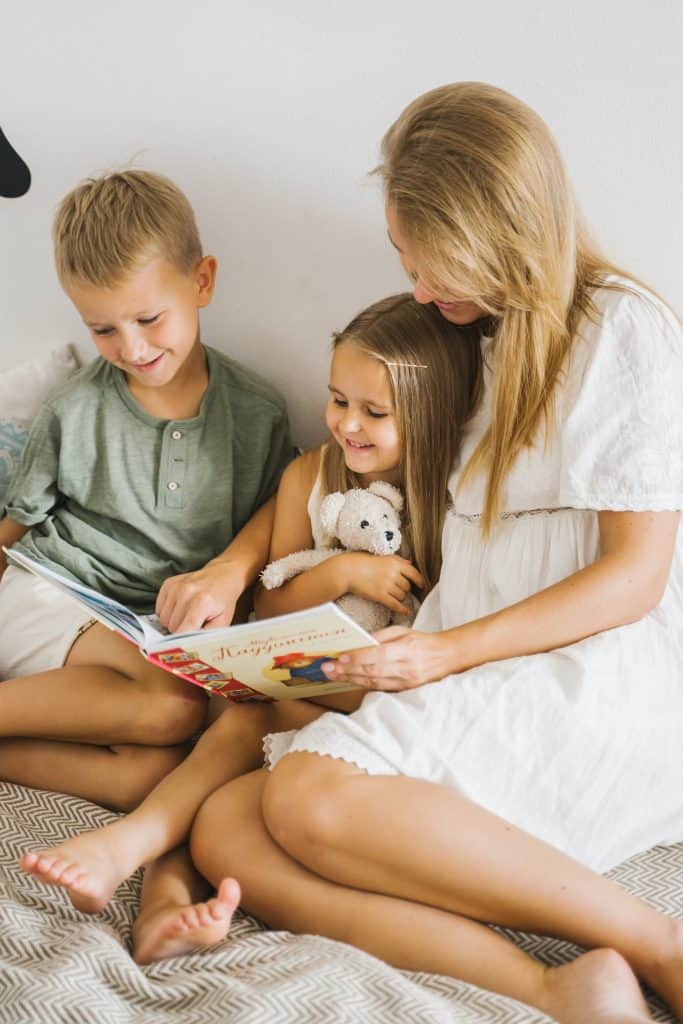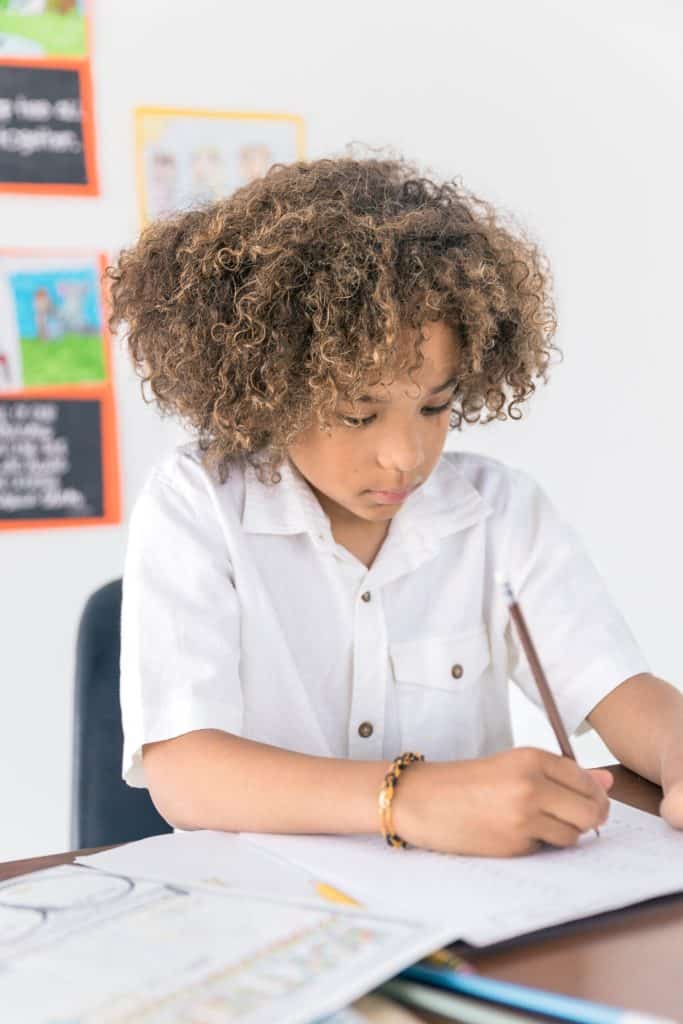Fun and Effective Reading Activities for Kids
We may earn money from the products/companies mentioned in this post. As an Amazon Associate I earn from qualifying purchases. For more information, read our Terms & Disclosures.
As a mom trying to balance work, family, and my own personal interests, I’ve gone through my fair share of challenges when it comes to finding engaging and educational activities for my kids.
But one aspect of their development that I’ve always made a priority is encouraging a love for reading. So, I created a series of reading exercises for my kids, and It’s been the best decision.
In this post, I’ll walk you through my journey of discovering fun reading exercises for my kids, share some engaging activities that worked wonders for us, and give you some helpful resources to support your own literacy journey.

Why Reading Exercises Are Important for Kids
“Reading exercises? Really? Can’t I just let them read on their own?”
But here’s the thing: kids don’t always develop a love for reading on their own. Sometimes, they need a little nudge in the right direction.
- Builds essential skills: Reading exercises not only improve children’s literacy skills but also help with their cognitive and emotional development.
- Inspires a love for reading: When kids participate in fun reading exercises, they associate reading with positive experiences, nurturing a lifelong love for books.
- Educational bonding: When you as a parent actively participate in these reading exercises, it creates an opportunity to bond with your children, while also fostering their educational growth.
- Improves Concentration and Focus: Reading exercises help with sustaining attention and developing focus on tasks— crucial skills needed for success in school and beyond. Who knew sitting down with a good book could do that, right?
- Builds Vocabulary and Language Skills: The more kids read, the more words they learn, which boosts their vocabulary and improves their ability to communicate.
- Enhances Imagination and Creativity: Reading exercises allow kids to travel to new worlds and experience different situations, expanding their imagination and nurturing their creativity.
- Develops Empathy: Reading exercises expose kids to diverse characters, perspectives, and emotions, which deepens their emotional intelligence and helps them empathize with others.
So, after much trial and error, I discovered a handful of reading exercises that truly captured my kids’ attention and kept them engaged.
My Top Fun & Educational Reading Exercises for Kids
1. Reading Scavenger Hunt
My kids love scavenger hunts, so I thought, “Why not combine it with reading?” I created a list of items or themes they need to find in the books they read. This gets them excited about finding the items and encourages discussions about the stories. Plus, it’s super easy to tailor the scavenger hunt to their interests or align it with seasonal themes!
2. Storybook Charades
Let me tell you, this one has resulted in some memorable family moments. We take turns acting out scenes, characters, or even famous book quotes. My kids not only enjoy the silliness of it all, but they also develop a deeper understanding of the stories and characters.
3. Reading Buddies
Remember how we had reading buddies back in school? I decided to bring that concept home, and the kids can’t get enough of it! We take turns reading out loud to each other, which helps build their reading fluency and confidence. Sometimes, we even invite their friends or cousins to join in for a lovely little storytime session.
4. Reader’s Theater
This reading exercise gets my kids’ creative juices flowing. We pick a book with a good number of characters, assign roles, and dress up as those characters. As a family, we read through the story and act it out, using simple props and crafting our own set pieces. It’s a fun way to work on reading comprehension.
5. The Picture Walk
Why haven’t I thought of this before?
The Picture Walk exercise has been a game-changer for my youngest, who’s just beginning her journey into reading. Here’s how it works:
- Choose a beautifully illustrated book together (think captivating images!).
- Ask your child to “read” the story from the pictures alone.
- Have them explain what they think is happening in each picture and why.
- Encourage them to predict what will happen next based on the images.
- Finally, read the story together and see how their predictions compared to the actual narrative.
Pro tip: Choose a book that’s not too text-heavy, so your child doesn’t feel overwhelmed.
6. Reading aloud and role-playing
Encourage your child to read aloud to you, or with you.
Trust me, when we tried this in our home, it wasn’t just helpful to my kids’ reading abilities but also a downright blast! Have them choose a character in the book and act it out while they read. My 2-year-old daughter once played a baby dinosaur hatching from an egg – I still laugh when I think about it!
7. Word hunt
Write a few words from your child’s favorite book on Post-it Notes, and stick them around the room. Then, set a timer and challenge your little one to find each word as quickly as they can.
8. Flashcards, but make it fun!
Turn reading into a game by using flashcards! Write a word on one side of a piece of paper or index card, and then have your child guess what it is by sounding it out. If they get it right, they can keep the card and tally up their points at the end!
9. Silly sentences
Challenge your child to create silly sentences using the words they’ve learned to read. This not only helps improve their reading skills but it’s a great way to foster some much-needed creativity as well. Bonus points if their sentences are so hilarious they make you laugh out loud!
Encouraging the joy of reading: Create a cozy reading nook
One of the first and simplest steps we took in our reading journey was creating a cozy reading nook. The idea was to make a warm, inviting space, complete with comfortable seating, good lighting, and, of course, books!
Setting this up gave my children a special and personal space to curl up with their favorite stories and enjoy reading on their own or together with the family. Pro tip: Make sure to throw in some fun, colorful pillows and stuffed animals to make it extra cozy!
Practice makes perfect: Word games and letter recognition
My kids absolutely adore word games and puzzles.Not only are they great fun, but they also help boost literacy and word recognition skills. From word searches to crossword puzzles, there are endless options for age-appropriate reading exercises.
To enhance their letter recognition, we played letter matching games and stared at flashcards during our downtime. These simple and enjoyable exercises helped us make reading a fundamental part of our daily routines.
Incorporating reading into everyday life: License plate games and more
To keep the reading momentum going, we started incorporating reading activities into our daily lives outside the confines of our home. For instance, during car rides (my kids love this one), we played the “license plate game,” where we would read and note down the letters and numbers on license plates of cars around us.
Try these reading exercises, and you’ll not only help enhance your child’s reading skills, but you’ll also create lots of memorable moments together.
Let me know in the comments if you have any other fun reading activities to share. Happy reading!






